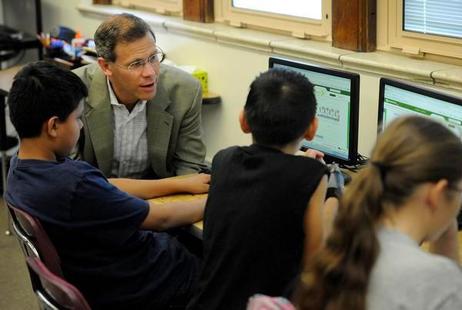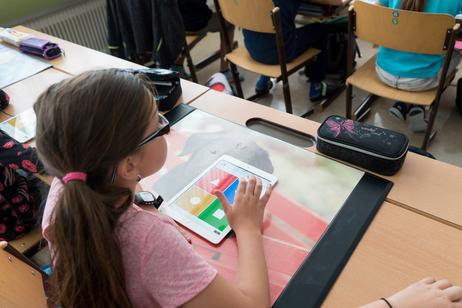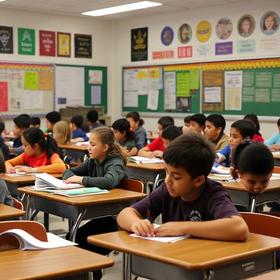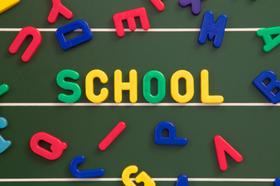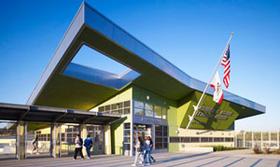Year-Round Or Traditional Schedule?
For a variety of reasons, schools across the country are switching their schedules to a year-round curriculum.
- This means that both students and teachers no longer have the traditional two months of summer vacation.
- While some parents enjoy the year-round schedule, others engage in a heated debate about the new trend.
- Some schools are implementing the year-round program to maintain more consistent instruction.
- Other schools are switching in order to save money.
While many parents are concerned about the potential change for their children and family, each schedule offers its own pros and cons.
This video from PBS examines the pros and cons of year-round schools.
The Year-Round Calendar
When using the term “traditional calendar,” most schools are referring to the most popular schedule, where students and teachers are able to have an extended summer vacation, in addition to the standard holiday breaks throughout the school year.
- According to data from the National Center for Education Statistics, 86 percent of public schools in the United States operate on a traditional calendar, even though it’s the original purpose – so that children could help parents harvest crops – is no longer an important consideration.
- Since the traditional summer vacation is no longer “essential,” some experts maintain that continuing to use the traditional calendar is not what’s best for today’s children.
- As schools are now experimenting with the year-round schedules, many




